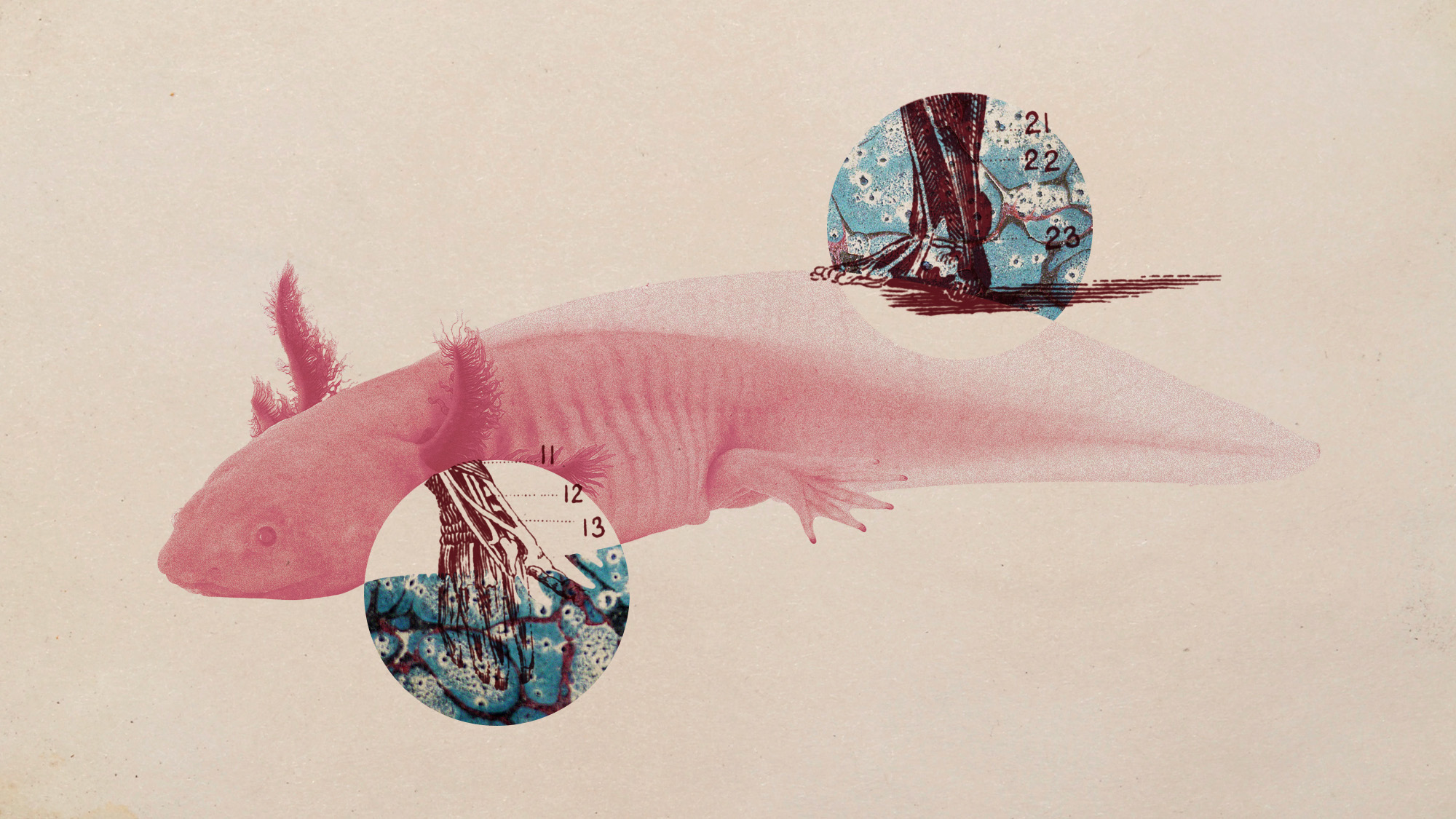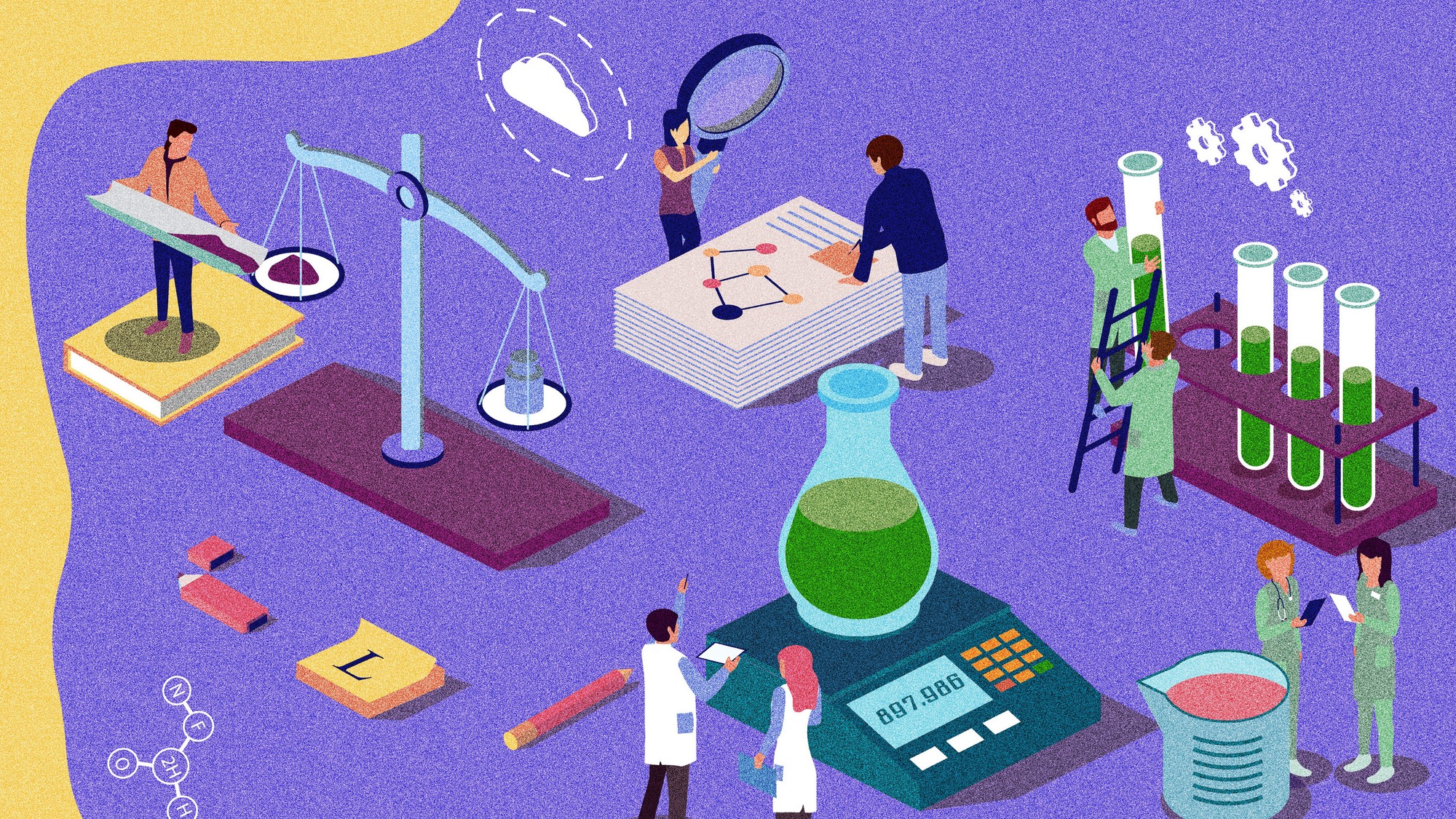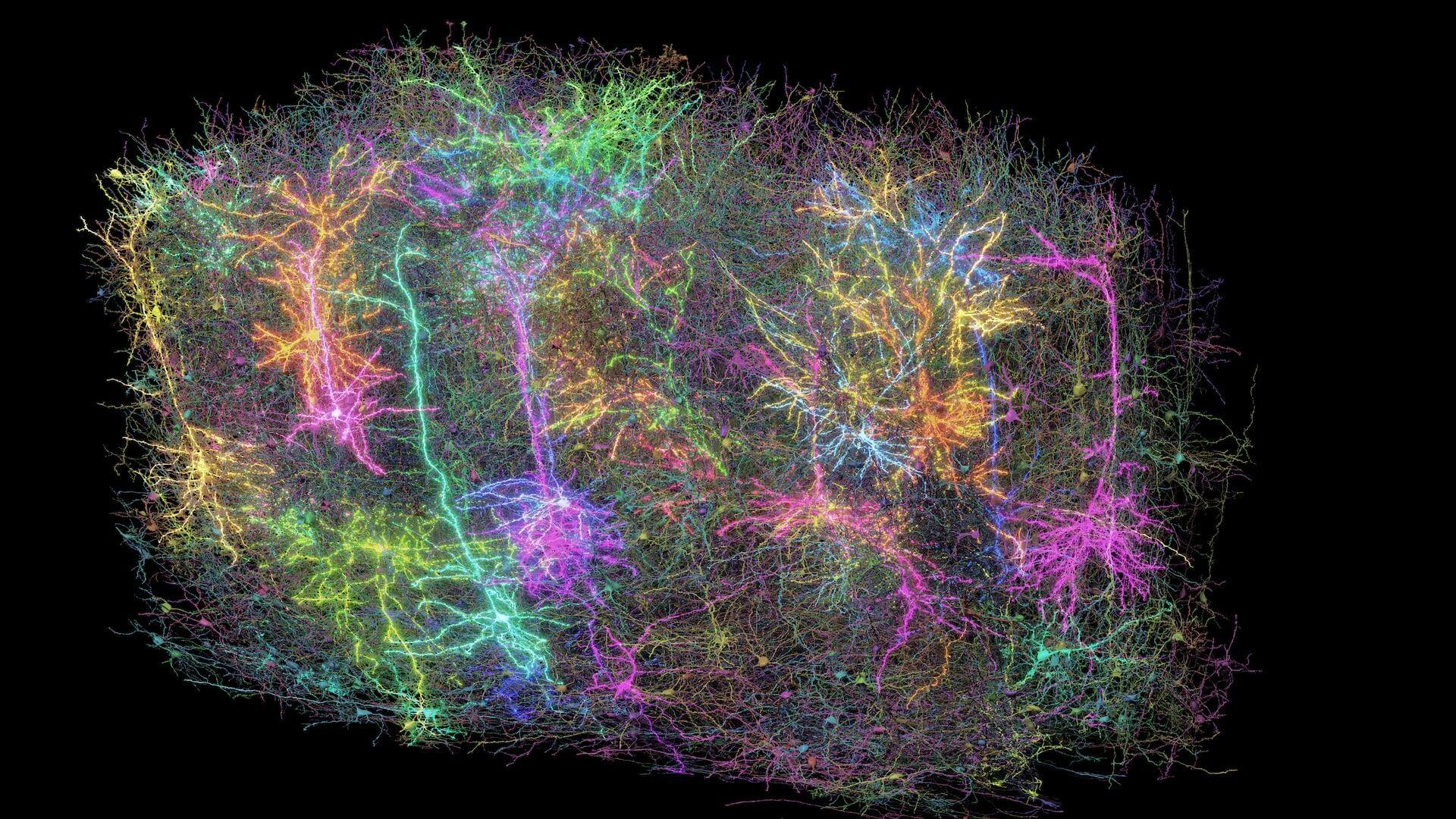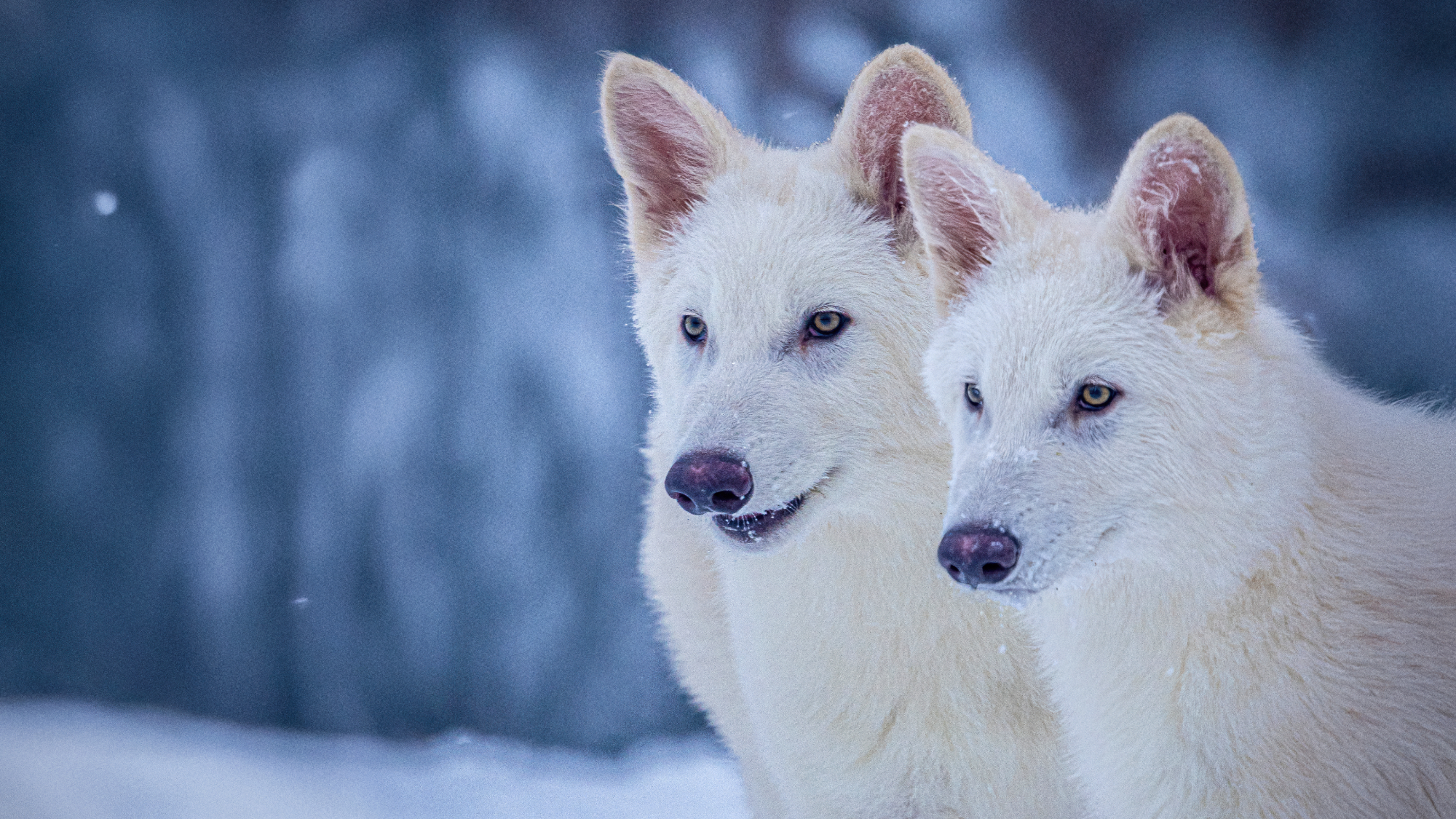Health & Science
Where are all the hurricanes?; The toll of fractured habitats; A plastic ingredient on Titan; How football affects kids’ heads
Where are all the hurricanes?
Forecasters warned that this would be a “very active” Atlantic hurricane season, predicting as many as 11 hurricanes in the summer and fall, including up to six with winds stronger than 110 miles per hour. But so far, well into the second half of the season, there have been only two minor hurricanes, neither of which made landfall. “A lot of people are scratching their heads right now,” University of South Alabama meteorologist Keith Blackwell tells National Geographic News. “Everybody was wrong in their long-range predictions.” The surprising variable has been an influx in recent months of very dry air over the Atlantic from the Sahara and drought-stricken Brazil. Cooler ocean surfaces and unusually brisk horizontal winds in the western Atlantic and Gulf of Mexico also appear to be blocking the combination of warm water and moist, still air that creates hurricanes. Previous predictions that global warming would cause stronger, more frequent storms are now in question; while climate change has warmed the oceans, it has also caused new wind patterns that might stop hurricane formation. Meteorologists caution that it’s too early for coastal communities to let their guards down, noting that plenty of powerful storms have struck toward the end of the season in late October, including Hurricane Wilma in 2005 and last year’s devastating Hurricane Sandy. “It really doesn’t matter how many storms form out there,” says National Hurricane Center spokesman Dennis Feltgen. “If one gets to you, it’s a bad year.”
The toll of fractured habitats
The Week
Escape your echo chamber. Get the facts behind the news, plus analysis from multiple perspectives.

Sign up for The Week's Free Newsletters
From our morning news briefing to a weekly Good News Newsletter, get the best of The Week delivered directly to your inbox.
From our morning news briefing to a weekly Good News Newsletter, get the best of The Week delivered directly to your inbox.
Breaking up forests with dams, man-made lakes, and farms can lead to the rapid extinction of native animals, a new study has found. The study examined the impact of the Thai government’s decision to build a dam across the remote Khlong Saeng river. In 1986, the dam project flooded a vast area of forest, turning 60 square miles into a reservoir dotted with 150 small islands. Several years later, researchers found that the larger islands still harbored up to a dozen species of mice, rats, squirrels, and shrews. But when they returned again last year, they discovered that on most of the islands, almost all the native species had vanished—and been replaced by invasive Malayan field rats. “It was like ecological Armageddon,” National University of Singapore researcher Luke Gibson tells Phys.org. “Nobody imagined we’d see such catastrophic local extinctions.” The finding is particularly troubling since ecosystems around the world, including in the Amazon, Madagascar, and the Philippines, are being sliced into smaller pieces as farming and other human activities move into once-pristine habitats.
A plastic ingredient on Titan
NASA’s Cassini probe has discovered propylene—an ingredient in Tupperware and other plastic products—on Saturn’s moon Titan. It’s the first finding of the molecule anywhere but Earth, and it adds a key detail to scientists’ understanding of Titan’s strange atmosphere, which some liken to that of a young Earth before it accumulated oxygen. Titan is the only moon in our solar system with clouds and weather like Earth’s, but there it rains liquid methane instead of water, and temperatures average around minus 228 F. More than 30 years ago, NASA’s Voyager 1 spacecraft spotted hydrocarbons on Titan that were related to propylene—propyne, which is lighter, and propane, which is heavier—but the midweight molecule remained elusive. “It’s taken us 32 years, with a new spacecraft and a new instrument, to find it,” Conor Nixon of NASA’s Goddard Space Flight Center tells NBCNews.com. “It’s kind of a missing link.” Scientists are intrigued by the finding because the hydrocarbons could theoretically react with water ice on Titan’s surface to create amino acids—the building blocks of life.
How football affects kids’ heads
A free daily email with the biggest news stories of the day – and the best features from TheWeek.com
Football players as young as 7 absorb blows to the head that are comparable to those endured by college players. Researchers in Virginia and North Carolina came to that conclusion after following about 120 players between the ages of 7 and 18 over two seasons, putting accelerometers in their helmets to measure the force of every hit and administering periodic brain scans. The data showed that 19 boys ages 7 and 8 had absorbed a total of 3,061 hits to the head, 60 percent of them during practice and 11 of them forceful enough to greatly increase concussion risk. Players ages 9 to 12 recorded an average of 240 hits per player, per season. “The number of hits and magnitude was a lot higher than people would have estimated,” biomedical engineer Stefan Duma tells The New York Times. “When we present it to the parents, everyone is surprised.” More than 25,000 football players ages 8 to 19 are treated in an emergency room for concussions each year, but there’s little data on the cumulative long-term impact of routine hits on young brains. “We are just at the beginning,” says Duma.
-
 Kristi Noem might not be long for Trumpland
Kristi Noem might not be long for TrumplandIN THE SPOTLIGHT The Homeland Security secretary has been one of the most visible and vocal architects of Trump’s anti-immigration efforts, even as her own star risks fading
-
 Senate votes down ACA subsidies, GOP alternative
Senate votes down ACA subsidies, GOP alternativeSpeed Read The Senate rejected the extension of Affordable Care Act tax credits, guaranteeing a steep rise in health care costs for millions of Americans
-
 Abrego García freed from jail on judge’s order
Abrego García freed from jail on judge’s orderSpeed Read The wrongfully deported man has been released from an ICE detention center
-
 5 recent breakthroughs in biology
5 recent breakthroughs in biologyIn depth From ancient bacteria, to modern cures, to future research
-
 Bacteria can turn plastic waste into a painkiller
Bacteria can turn plastic waste into a painkillerUnder the radar The process could be a solution to plastic pollution
-
 Scientists want to regrow human limbs. Salamanders could lead the way.
Scientists want to regrow human limbs. Salamanders could lead the way.Under the radar Humans may already have the genetic mechanism necessary
-
 Is the world losing scientific innovation?
Is the world losing scientific innovation?Today's big question New research seems to be less exciting
-
 Breakthrough gene-editing treatment saves baby
Breakthrough gene-editing treatment saves babyspeed read KJ Muldoon was healed from a rare genetic condition
-
 Humans heal much slower than other mammals
Humans heal much slower than other mammalsSpeed Read Slower healing may have been an evolutionary trade-off when we shed fur for sweat glands
-
 Scientists map miles of wiring in mouse brain
Scientists map miles of wiring in mouse brainSpeed Read Researchers have created the 'largest and most detailed wiring diagram of a mammalian brain to date,' said Nature
-
 Scientists genetically revive extinct 'dire wolves'
Scientists genetically revive extinct 'dire wolves'Speed Read A 'de-extinction' company has revived the species made popular by HBO's 'Game of Thrones'